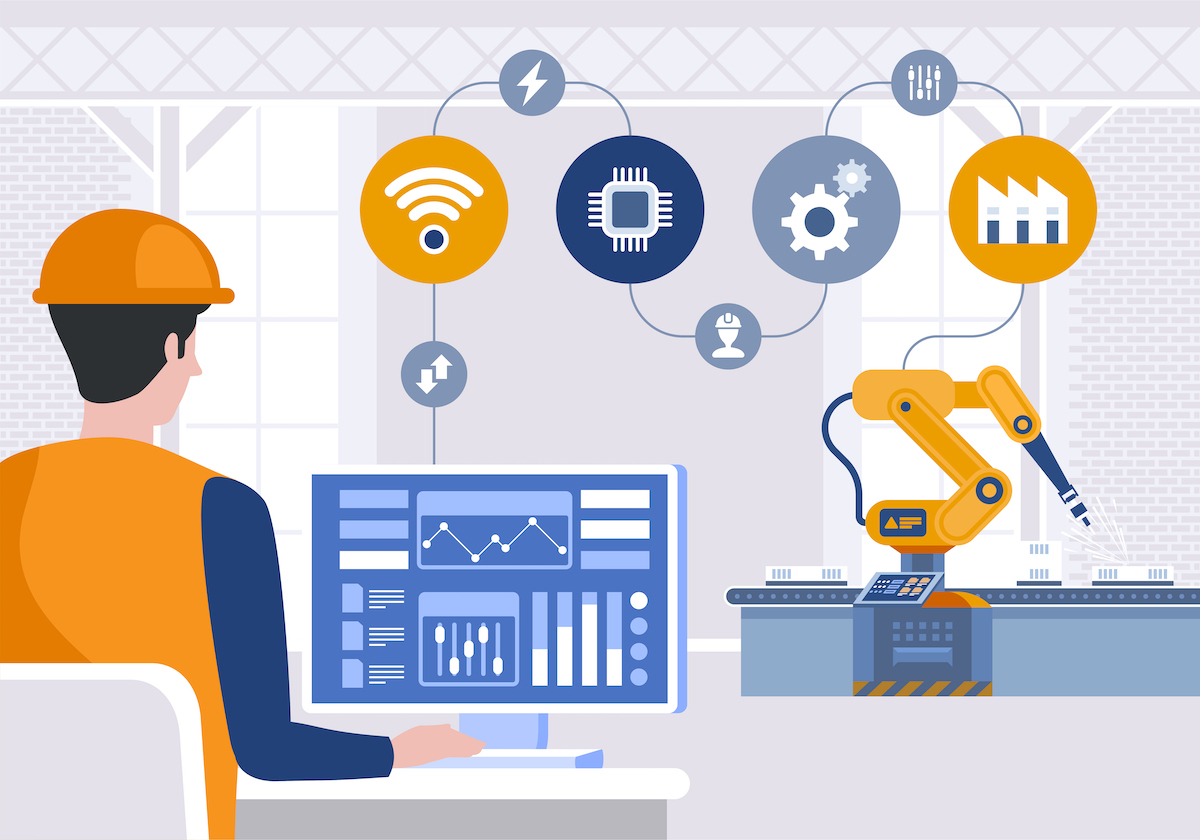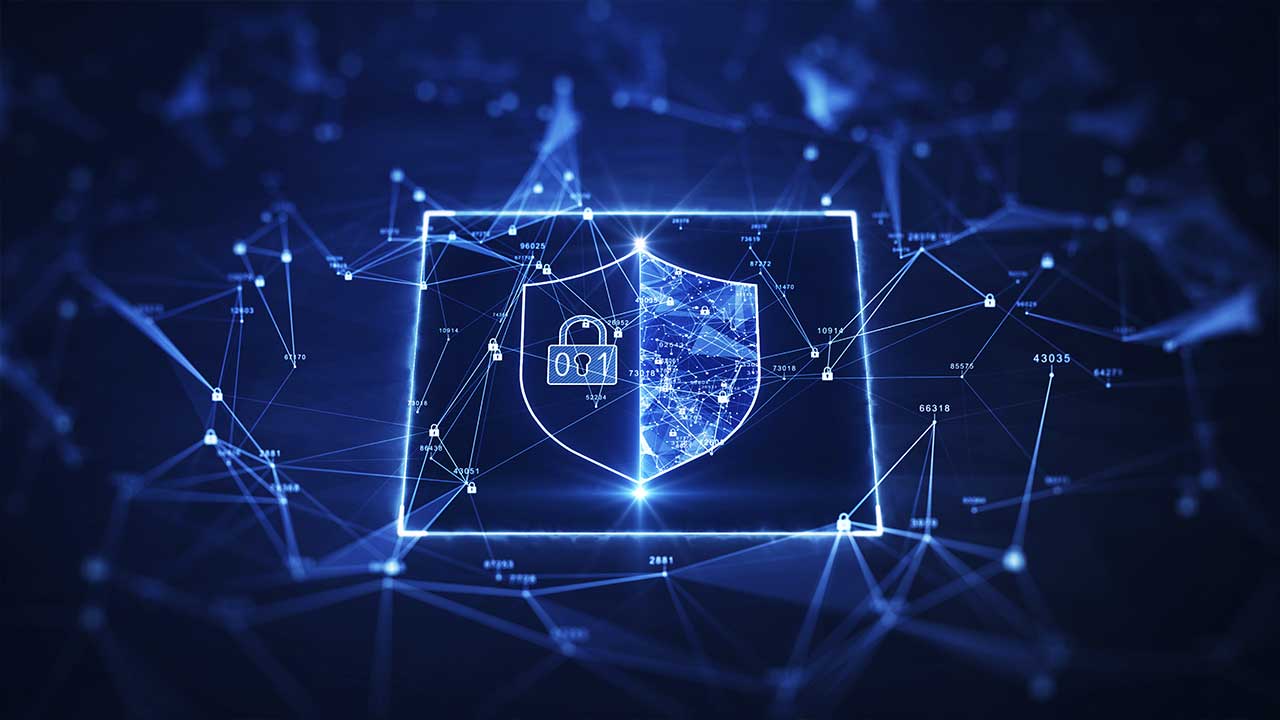Hitachi Vantara’s answers to your questions for one of the sessions at IIoT World Manufacturing Day
During IIoT World Manufacturing Day (May 12, 2022), we received a lot of questions, and we did not have time to respond to them all live. So, as promised, here are the answers, by Hitachi Vantara, to the questions asked during the “Achieve Industrial IoT Outcomes at Scale” panel.
1. How do we get buy in from Quality and Production Planning Departments that are stuck in the “we’ve ran like this for 20 years and done fine” mindset, once we start scaling?
We need to answer ‘what is in it for me.’ IIoT should not only be data for analysts and managers… it should first demonstrate the use case will make life easier for the frontline … primarily and then the rest of the needs.
2. What criteria are typically used to select partners for IIoT solutions? How to choose the best-fit IIoT ecosystem when considering a hyperscaler as a partner?
The near time needs of the roadmap may require bringing together multiple vendors and platforms to build what is right for your organization … Hub and Spoke models which are losely coupled helps manage change of any component as technology emerges.
3. How does scaling with data work for a company? Data from devices, projects, applications, 3rd party systems etc. without creating new silos each time and making it usable for the different stakeholders?
Data Governance has to be a part of the vision and roadmap. Mainly because of the types and volume of data exploding… One way to look at it is re-thinking the ‘Shortest, and efficient path from Data Creators to Data Consumers’ .
Insist on using systems with commonly used/well known interfaces and comms standards. Be wary if they do not use standards like API, MQTT, AMQP, OPC/UA, etc. Lumada, for instance, ships with over 100 built-in connectors.
4. Is there a digital transformation framework where organizations can determine their maturity score?
Yes, there are Digital Maturity frameworks available. Most of the frameworks look at Digital Maturity on a foru or five levels of maturity. It is important to make use of a framework that incorporates all critical dimensions and not just technology. People, Process, Organization, Governance and Technology are need to be assessed as part of Digital Maturity. Hitachi Vantara has helped a broad range of customers leveraging a proprietary Digital Maturity framework.
5. Question from Naga Ravi Teja Durvasula: For deriving value out of an IIOT project and for convincing the management to invest, should the application being built to solve a bussiness problem from the data collected from the PLC’s be the key decision factor or should the strategy be to start creating the the infra and framework to collect the data first be the norm? As i see even to setup a IIOT project for data acquisition and storage seems to be time taking considering the variety of data needed to built a meaningful solution.
It depends on what we call the “emerging desgin for central data strategy”. We would not know how we use that data or what future needs would need it… keep these two in a way we can build both incrementally so we start seeing value quickly and continoually.
it should be more of the latter: creating the infra and framework to collect the data in the first place. That’ what we say in our own Maturity Model slides.
6. How can one convince directors/executies to invest in IIoT/digital transformation etc?
Nothing speaks to the business leaders more than ‘value’. IIoT/Digital Transformation is different from the traditional ‘ROI’ model of Capital Investments…… One thing that may help is an IIoT roadmap with a portfolio of use cases… which demonstrate the different kinds of values from Rajesh’s slide and spread small wins across different stakeholders … while not losing sight of the central road map… We won support from multiple stakeholders along the way and helped encourage the skeptics, if any.
7. How do you establish product-process orchestration with IoT initiatives?
This question is not very clear. IoT initiatives can help both Products and Processes. IoT for Products can help deliver new revenue streams, improved customer service, better customer experiences etc. On the other hand, IoT for processes is more focused on driving efficiencies and other benefits within the internal processes. More often than not, a process engineering is required to bring Product and Process orchestration/alignment for success of the first category (IoT for Products).
8. How can we plan for agility/flexibility/modularity with an IIoT platform? With the pace of innovation, we have to be able to scale applications fast across operations. With big businesses in constant M&A, we can’t afford to undertake multi-year programs to bring new parts of organizations onto standard architectures before being able to take advantage of new technologies (e.g. how we have had to undertake with ERP systems).
This is a critical part of an upfront technology strategy any large organization with multiple business organization. This calls for a good strategy consisting of a layered approach built on a robust commercial IIoT platform as base technology platform. A tailored enterprise specific layer above the base layer will provide the necessary flexibility and agility for an application layer as the business situation and needs evolve.
9. How analytics for IoT is different from analytics for IT?
A good starting point would be looking at the NIST guidance and documentation of Big Data, with a focus on the velocity part. There is also guidance from organizations like Gartner. Much of what I spoke about is through our engagements with clients.
The outcomes are for different end purposes. Although the end goal is to derive some insights, IoT projects provided indications that blend OT and IT data sources’ value streams. IT-only data sources will likely produce different outcomes. For example, predictive maintenance drives OpEx savings (IoT) versus enabling customer self-service (IT-only).
10. What’s the panels sentiment on blockchain-based (e.g. PharmaLedger intiative) IoT?
In our view Blockchain has a role to play in the context of larger value chain that goes beyond the boundaries of a single organization. IoT connects the physical world to the blockchain based solutions with sensors and connectivity etc.
11. A lot of solution providers are moving from CAPEX to OPEX business models. To convince OEMs and end-users to adopt it, what would be the most compelling reasons?
One view that may be helpful is CAPEX needs a long runway and rigid… and OPEX allows to ‘De-Risk’ getting stuck with investment and be more agile as technology changes or emerges.
CapEx has “already been spent.” Controlling OpEx helps maximize the use of those investments longer.
12. At what point do we use existing software for our data processing, and when do we leverage new software even though it may be costly?
The decision needs to be premised on finding the right balance between what the existing software caters for and where the gaps are. An assessment framework which evaluates the existing and new software on a price value equation is the right approach. Evaluation criteria may include fit to functionality requirements, performance expectation, security elements etc.
13. IIoT technologies are being adopted faster at companies with high profit products than others. For example, Big Pharma, Medical Devices, Chemicals Mfg., etc. Other smaller companies in these sectors an other sectors such as Food & Beverage Mfg., and other Mfg. are lagging behind for affordability reasons, resources, knowledge, etc. Are there any strategies in sight to start reducing this divide? How can these technologies can be more affordable? Wouldn’t that also help to a more sustainable industry?
Companies are adopting IIoT for value realization in two different categorizies – one for driving internal process efficiencies and the second one for driving customer facing value via new servitzation, new products etc. In either of these cases, there are niche technologies or point solutions available for specific usecases that are more affordable as compared to a comprehensive IIoT platforms or solutions. We are already seeing a lower cost options for specific needs in different industry sectors mentioned here. In addition, taking a best of the breed approach may also help on this cost front.
14. For deriving value out of an IIOT project and for convincing the management to invest . Should the application being built to solve a bussiness problem from the data collected from all the sensors be the key decision factor or should the strategy be to start creating infra and framework to collect the data first and think of the applications later? What should be the ideal case , as setting up the road map for infra and framework seems to be time taking.
Our recommendation is always to go with an application/use case with business value first approach to the strategy in getting management buy-in. As you have mentioned, buidling infr and framework is time consuming and may not provide a demonstrable business value that is needed for management approval.
15. Regarding IIoT solutions and specifically asset management of those IoT devices… is it better to start by an APM (Asset Performance Management) or going directly to AIP (Asset Investment Planning) solutions?
AIP and APM broadly serve different and complementary purposes. Having a good handle and visibility on asset performance through prognastics etc., will make AIP more affective in the long run.
16. Could we get a few words on the need and importance of having an IIOT framework within any company that are embarking upon IIOT journey, and are there recommendations on developing an IIoT framework?
It is absolutely imperative to begin with fundamentals and the existence of an IoT framework helps guide the IIoT journey in a structured methodical manner. The absence of a framework may cause focus on one element (e.g. technology) at the expense of other crucial elements. Leveraging an established IIOT framework implies that all the enabling factors (e.g. People, Process, Technology, Org Change) are considered holistically in the development of an IIOT roadmap and a business outcomes oriented approach is adopted.



